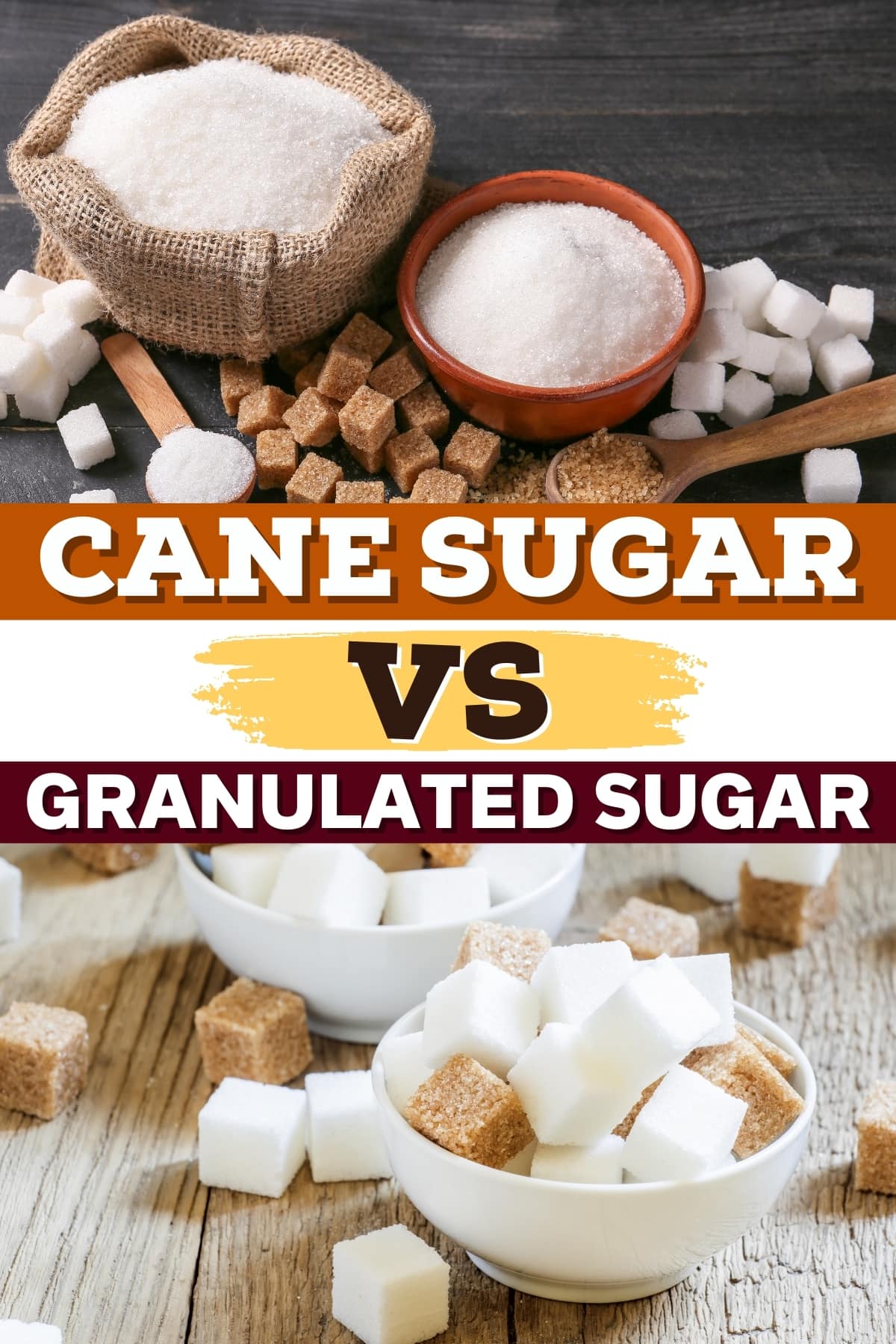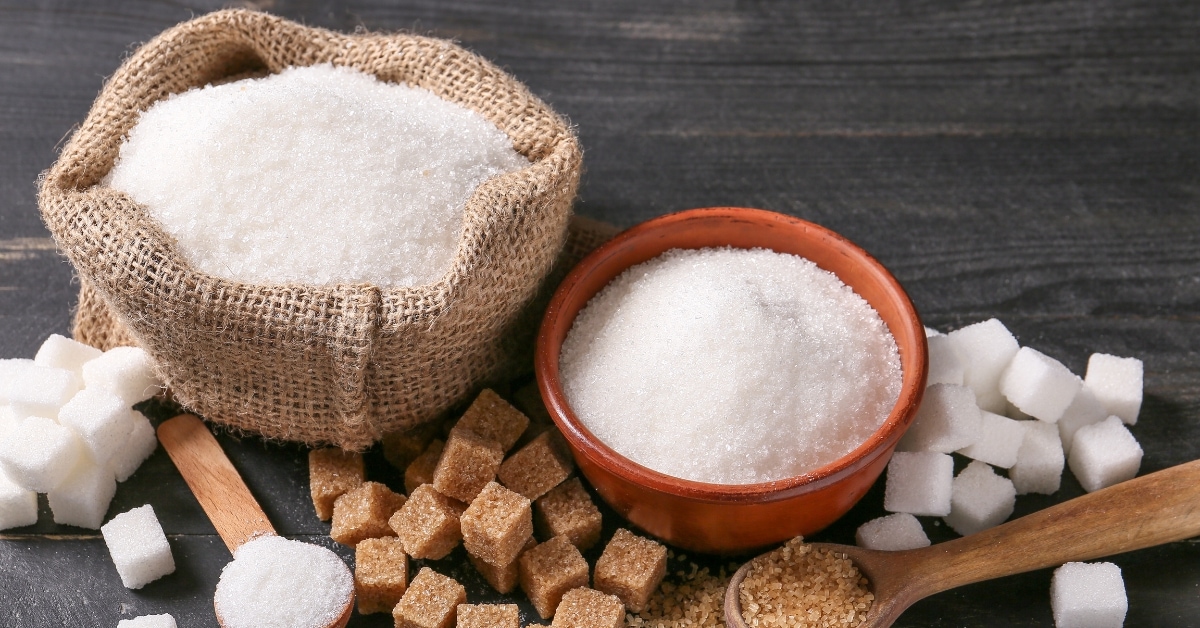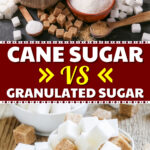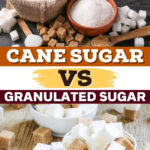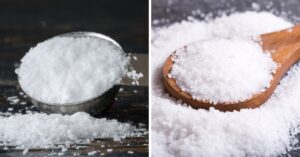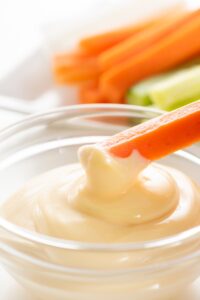
Cane sugar and granulated sugar might sound interchangeable, but there’s more beneath the surface.
They often sit side by side in our kitchens, but how well do we really know them?
At first glance, they seem like the same sweet thing. But the truth is, they differ in taste, texture, origin, and color.
Knowing your sugars can make all the difference in your baked goods. Let’s get into the sweet details.

What Is Cane Sugar?
Cane sugar comes from the sugar cane plant, Saccharum officinarum.
It’s most often white, although it can be brown, too. The brown hue comes from retained molasses.
Unlike some sugars with a defined crystal shape, its structure doesn’t have a specific shape.
If you look closely, you’ll notice its crystals are slightly transparent, which is different from other sugars.
Its texture is granular, similar to the familiar granulated sugar.
However, it undergoes less processing and refining. This results in larger, more prominent crystals.
Cane sugar carries hints of molasses in its flavor profile.
The level of refinement influences its taste: the less refined it is, the stronger the molasses sweetness.
This makes it a favorite in various recipes. From ice creams to cookies, beverages to pastries, cane sugar is a versatile sweetener.
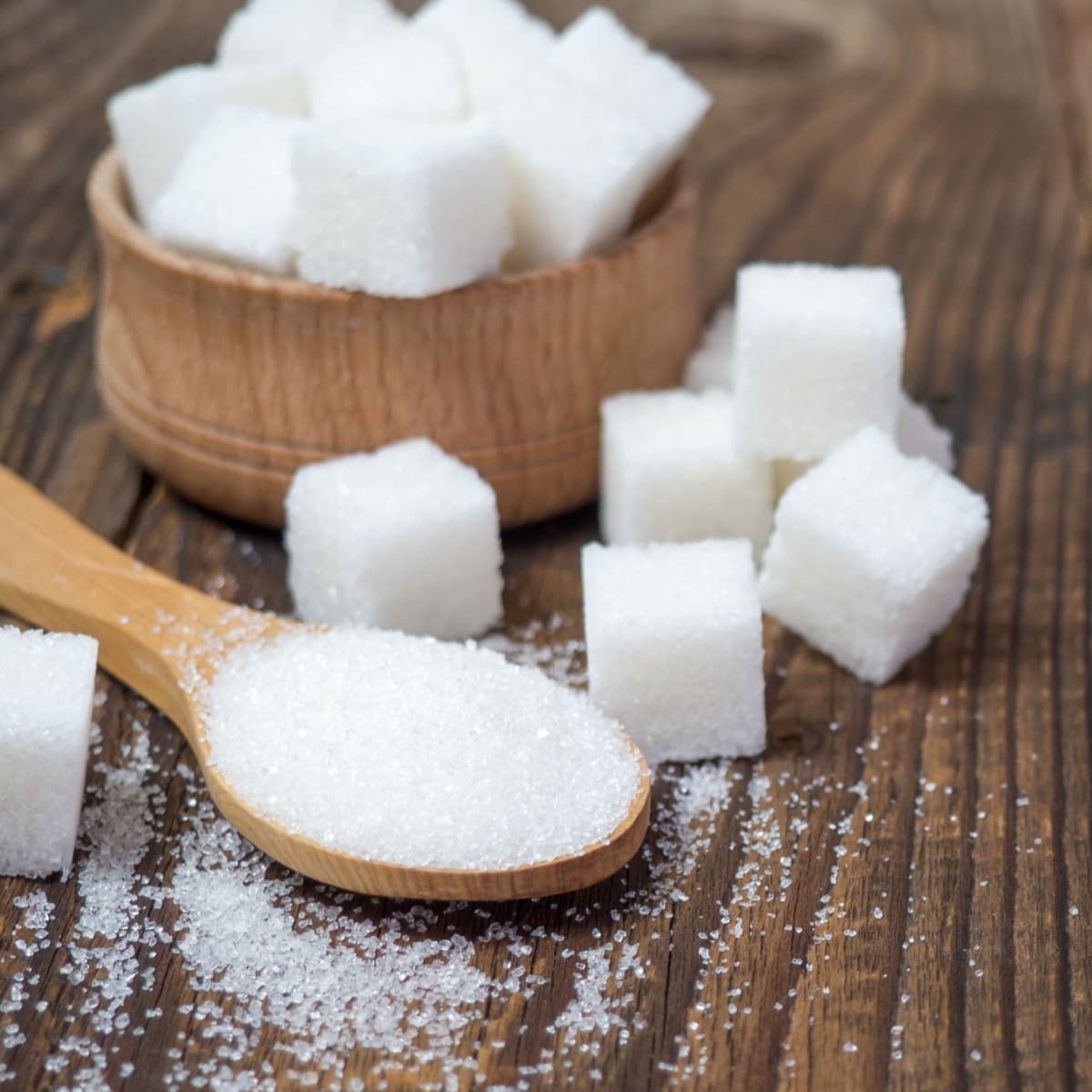
What Is Granulated Sugar?
Granulated sugar is white sugar with small, fine crystals. It’s the everyday sugar we use in most recipes.
It’s made by crystallizing the extracted juice of either sugar beets or sugar cane.
Granulated sugar goes through a lot of refining, ensuring its purity and crystalline clarity.
It’s recognized by its tiny, opaque granules.
You might spot it in two shades: pristine white or a rich brown. While both are granulated, they’re commonly termed “white sugar” and “brown sugar.”
Flavor-wise, granulated sugar offers a straightforward, sweet punch.
It lacks the molasses depth of cane sugar and has a clean sweetness instead.
It’s the go-to choice in countless culinary creations, from simple tea to intricate pastries.
What’s the Difference Between Cane Sugar and Granulated Sugar?
Cane sugar comes directly from the sugarcane plant. Granulated sugar, however, can originate from either sugarcane or sugar beets.
They’re processed differently, too.
Cane sugar undergoes minimal refining. This preserves some natural molasses, which imparts a richer, deeper flavor.
Granulated sugar is heavily refined, removing most of its molasses. This results in a neutral and consistent sweetness.
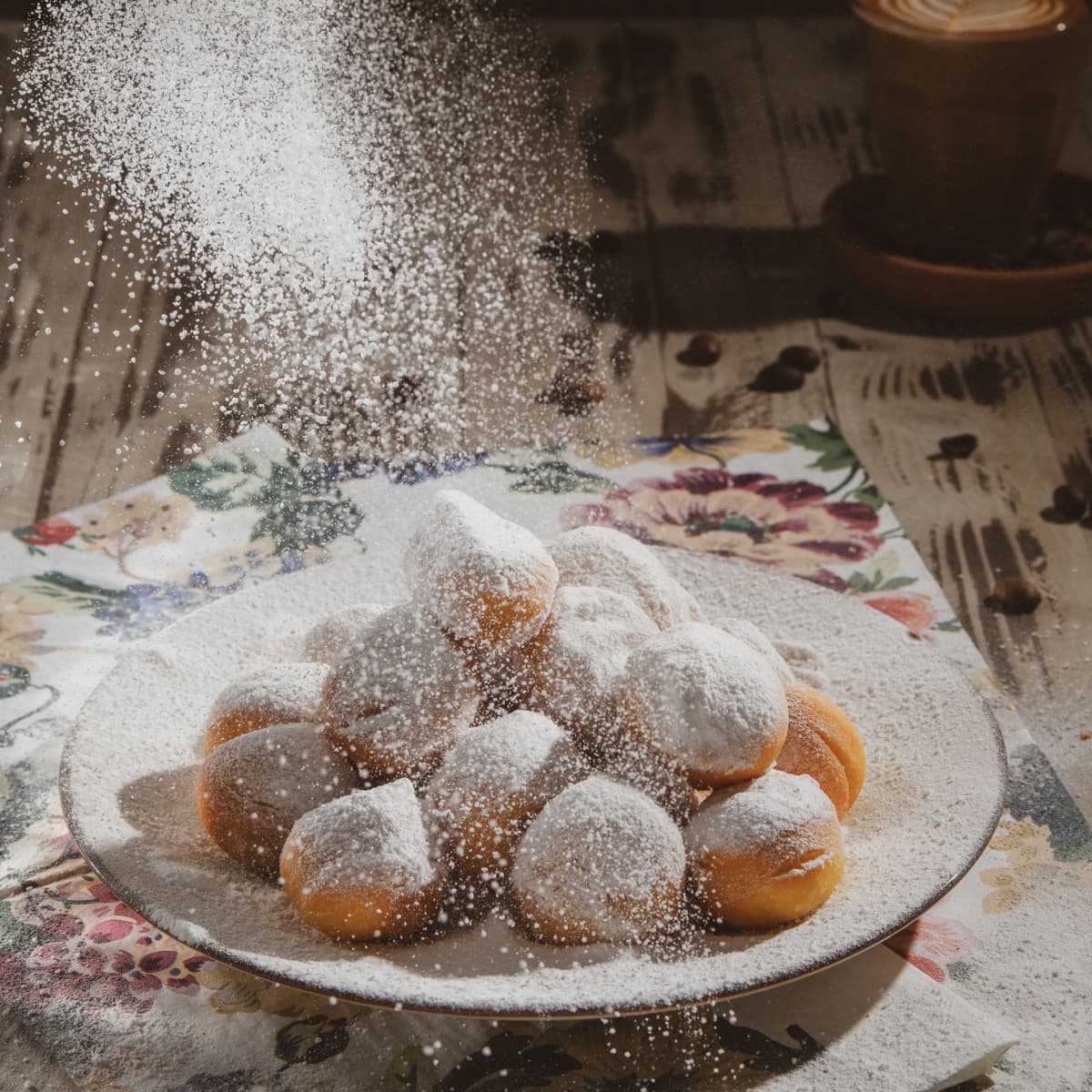
Which Works Better in Baking?
Both cane and granulated sugar can be used in baking. But choosing between them depends on your needs:
Flavor-wise:
Cane sugar adds a hint of molasses richness. It’s great for a caramel-like flavor in desserts. The molasses in cane sugar also helps add moisture to baked goods.
Granulated sugar offers a clean sweetness, ideal for dishes where sugar’s taste shouldn’t dominate.
Ease of Use:
Granulated sugar is refined, making it melt smoothly. Pick this one if you’re after hassle-free blending, especially in delicate recipes.
Appearance:
For pristine white outcomes, as with meringues, white granulated sugar is your go-to.
But if you’re baking something rustic or need a darker tint, cane sugar is the better choice.
Can You Substitute Cane Sugar for Granulated Sugar?
Swapping cane sugar for granulated sugar is doable in most recipes.
Their sweetness levels align, so a 1:1 substitution works just fine.
While both sugars stem from similar sources, cane sugar offers a slight molasses hint. But in general recipes, the flavor difference isn’t prominent.
So, if your pantry lacks one, simply use the other. Your dish’s outcome will likely taste and feel just as delightful.
Healthy Substitutes for Cane Sugar and Granulated Sugar
Whether it’s in cakes, cookies, or your morning cup of coffee, sugar is central in our lives.
However, many alternatives are healthier and equally satisfying for those looking to cut back on sugar intake.
From the caramel notes of coconut sugar to the natural sweetness of dates, there are many options.
Let’s dig deeper into some of them.
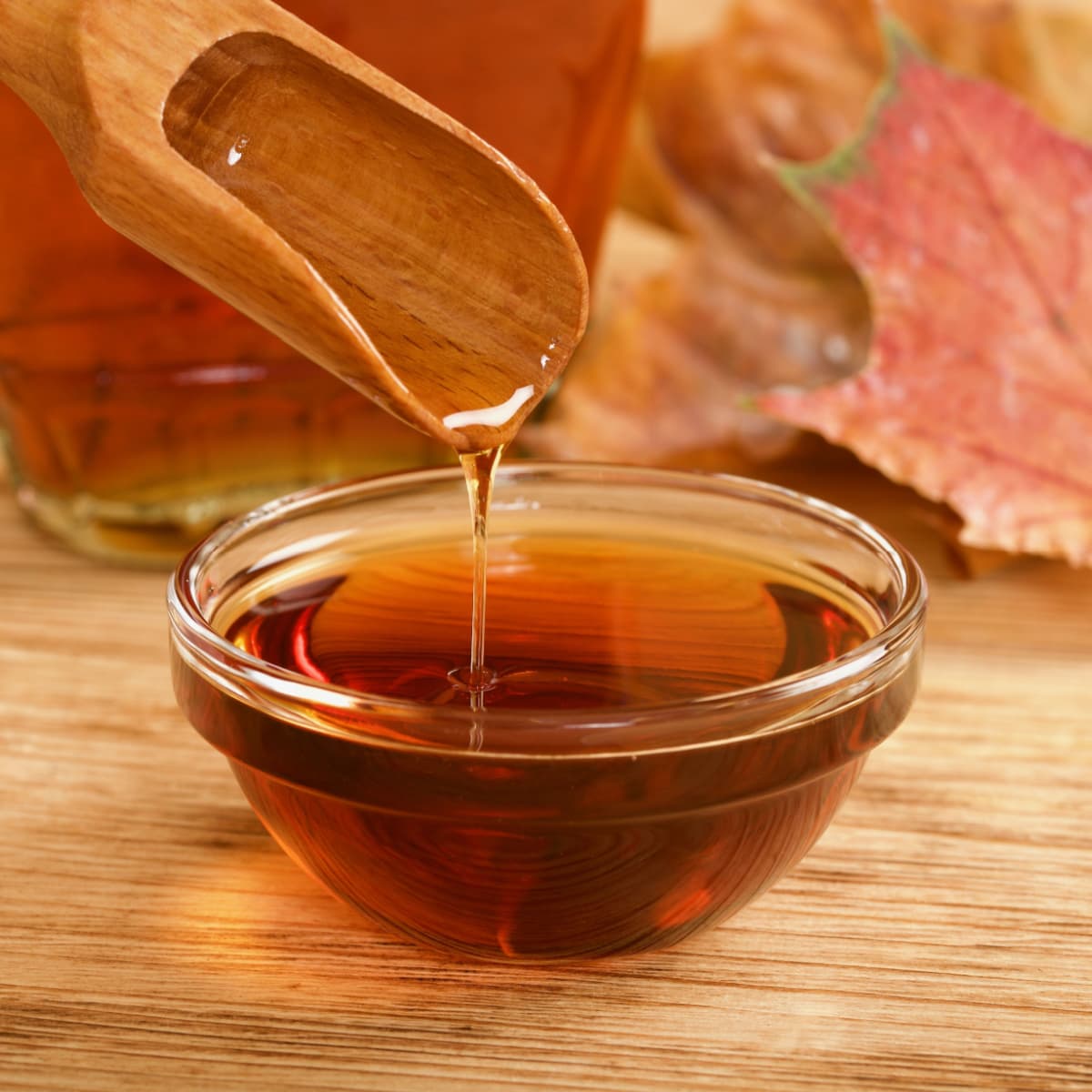
1. Maple Syrup
Derived from the sap of sugar maple trees, maple syrup offers a delightful, robust flavor.
After extraction, the sap is boiled down, thickening into the syrup we love on our pancakes.
But its application extends beyond breakfast. This natural sweetener can be incorporated into cookies, oatmeal, and baked delights.
However, maple syrup is still high in sugar, so moderation is key.

2. Honey
This golden liquid created by bees boasts a multitude of benefits.
Rich in antioxidants and anti-inflammatory properties, honey is an excellent sugar substitute.
Its distinct taste complements cakes, breads, and many other culinary creations.
Before substituting, familiarize yourself with the ratios, as honey’s sweetness can overpower. Its thick consistency can also affect the texture of your finished product.

3. Dates
These naturally sweet fruits are the most ideal for healthy baking.
From energy bars to crusts, dates are an excellent substitute for granulated sugar.
When blended or chopped, they add a caramel-like sweetness to recipes.
For a liquid alternative, date syrup can be an invaluable addition to your pantry.
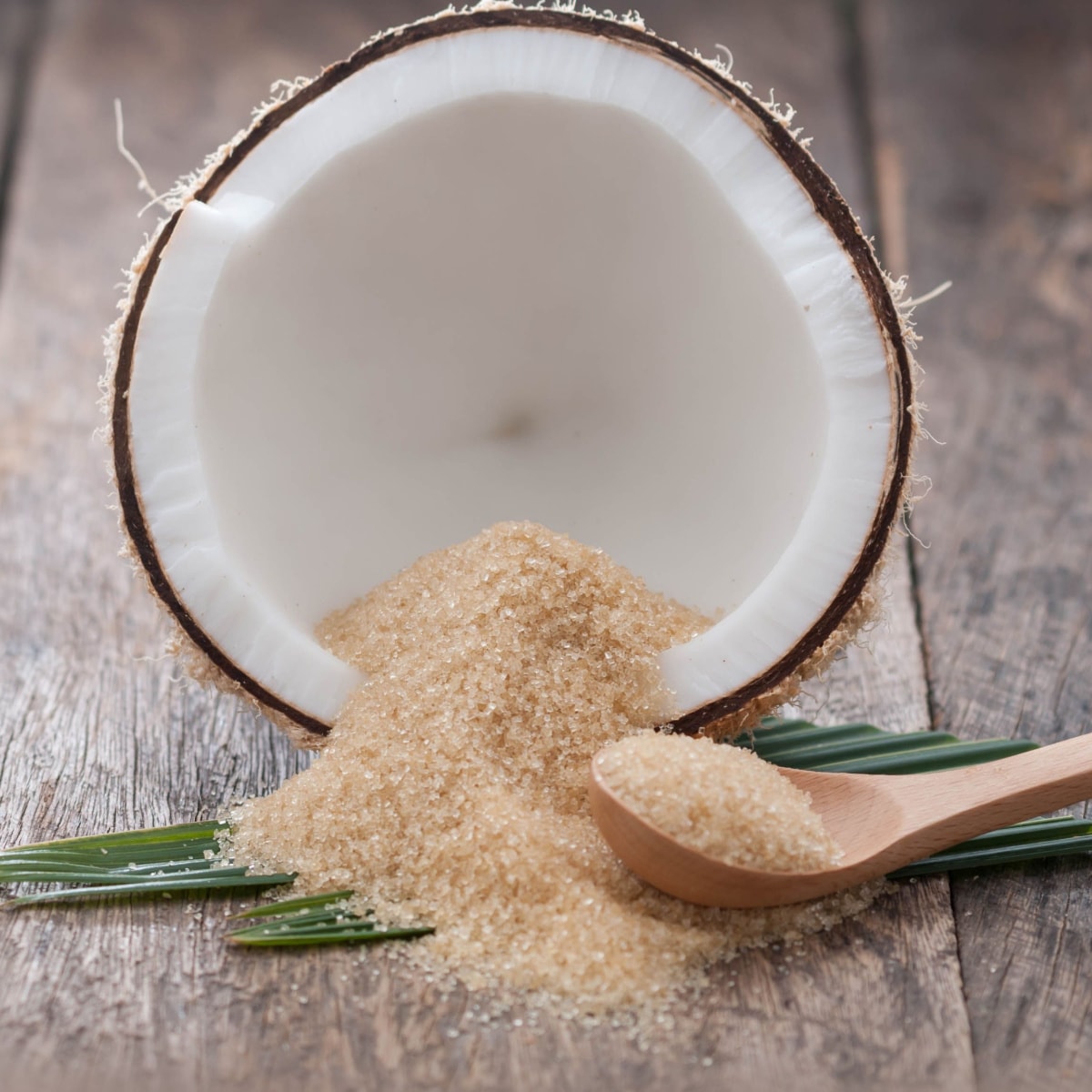
4. Coconut Sugar
This tropical delight is derived by dehydrating the sap from coconut trees.
It’s a flavorful substitute, offering a hint of caramel undertone.
More than just a sweetener, coconut sugar provides small amounts of minerals and antioxidants. It’s a healthier choice than refined sugars.
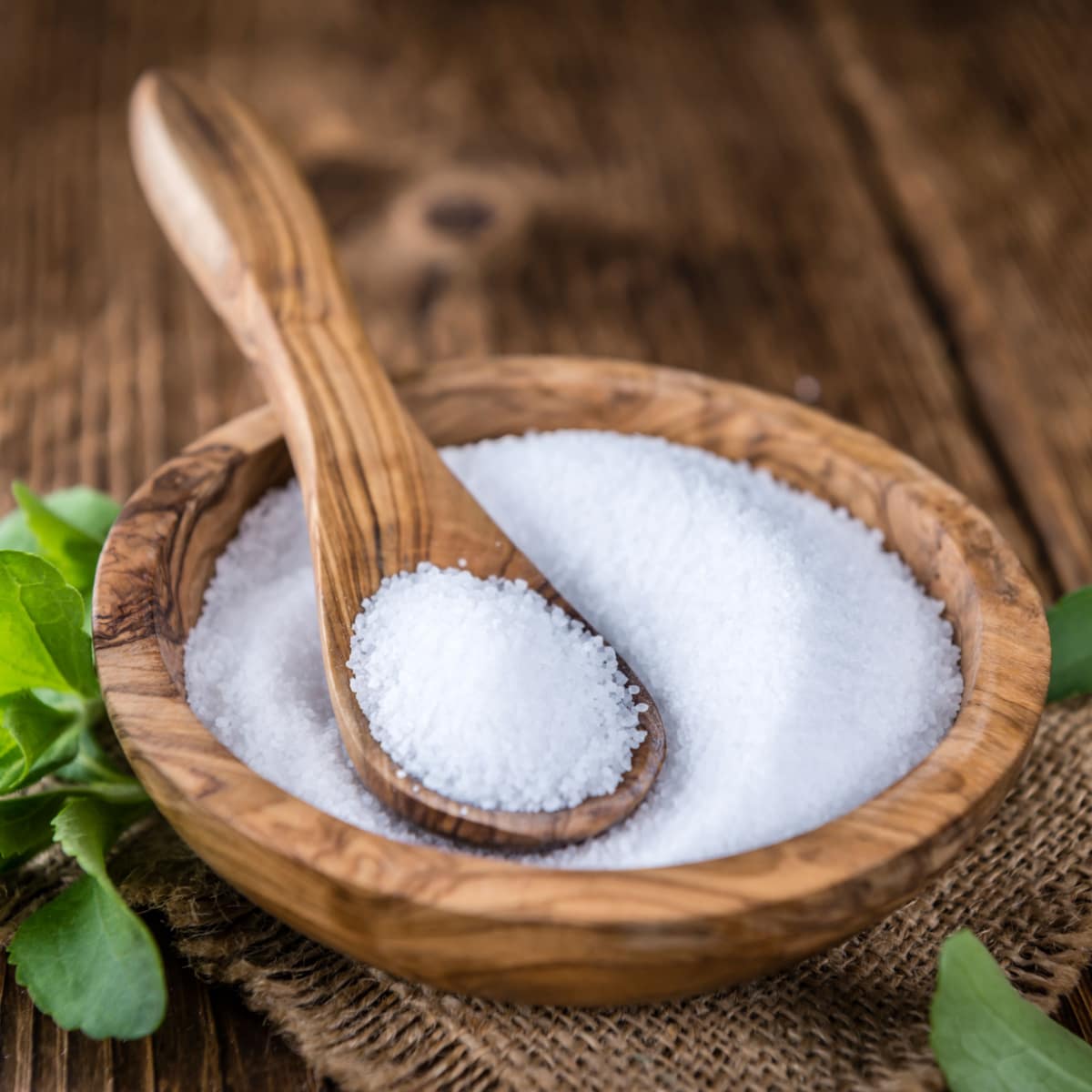
5. Novel Sweeteners
Emerging from natural sources, these sweeteners undergo processing to be turned into their final form.
Stevia, for instance, comes from the leaves of the stevia plant, while monk fruit sweetener is extracted from, you guessed it, monk fruits.
Offering low-carb and zero-calorie options, novel sweeteners are gaining traction. They’re popular with people on keto or diabetic-friendly diets.

6. Sugar Alcohols
Despite their name, sugar alcohols aren’t alcoholic. Some of the popular sugar alcohols include erythritol and sorbitol.
Commonly found in low-carb products, these sugary sweeteners are extracted from fruits.
While beneficial, some experience digestive issues when consuming too much of them.

7. Artificial Sweeteners
Artificial sweeteners like aspartame and sucralose have stirred debates regarding their health impacts.
These zero-calorie sweeteners are sweeter than table sugar.
They’re ideal if you’re counting calories. However, it’s better to talk to your doctor before adding them to your diet.
